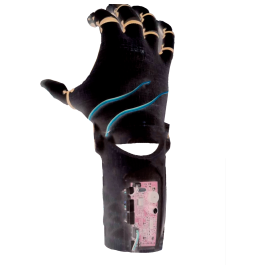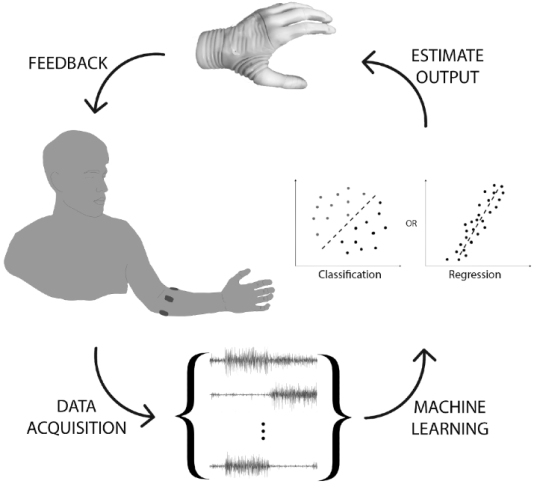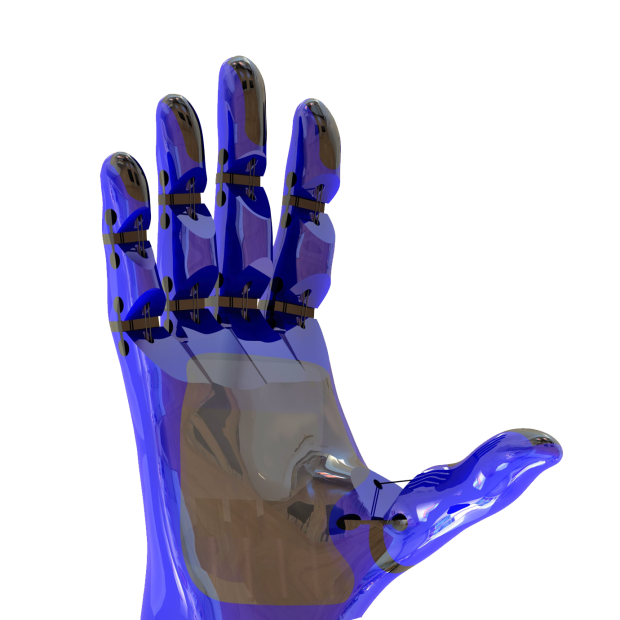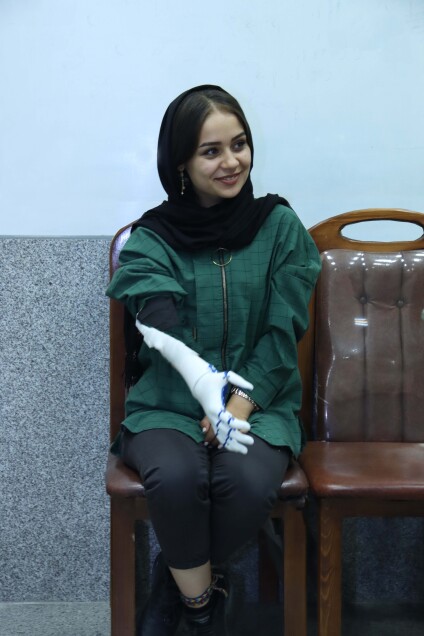
The myoelectric smart hands produced by Sarirmed are based on cutting edge prosthetic technologies derived from years of research and development. Having developed these prosthetics starting from the research and development, design and production in-house, Sarirmed is the only manufacturer of myoelectric prosthetic hands in western Asia. Developed prosthetics are based on biocompatible materials with superior mechanical stability, in addition to being water-proof, and resistant to electrical and magnetic fields. Very high accuracy and quality in production, low weight and individualized design, along with its affordable price make the SARIR S1 an ideal choice for individuals suffering from upper limb amputation. 2 years of warranty along with lifelong support are other advantages of Sarirmed myoelectric hands.




Photos and videos are published with the official permission of the people, and the permission to publish them is only for the Sarirmed company.
The developed prosthetics translate brain signals to the muscles of the residual limb, to signals understood by circuits incorporated in the hand. The circuits will then translate the signal to motion in the motors moving five fingers, enabling grip with a controlled amount of pressure. Being calibrated to individual muscle power, these products significantly benefit patients suffering from muscle atrophy, who are unable to use mechanical prosthetics due to a lack of muscle power. Furthermore, the control over pressure, instant translation of brain signal to hand movement, and a five finger application enable day-to-day activities hampered by the amputation.

Photos and videos are published with the official permission of the people, and the permission to publish them is only for the Sarirmed company.
Contact us
Details

Photos and videos are published with the official permission of the people, and the permission to publish them is only for the Sarirmed company.



Aesthetically pleasant design, coupled with superior biomechanics and bioelectronics, a weight of lower than 700 g, capability to incorporate silicon gloves, calibration depending on residual muscle power, and 5 finger movement
Designed and manufactured depending on individual needs of patients
High quality and affordable prices

Biocompatible and resilient materials, certified by several regulatory bodies

سبد خرید



